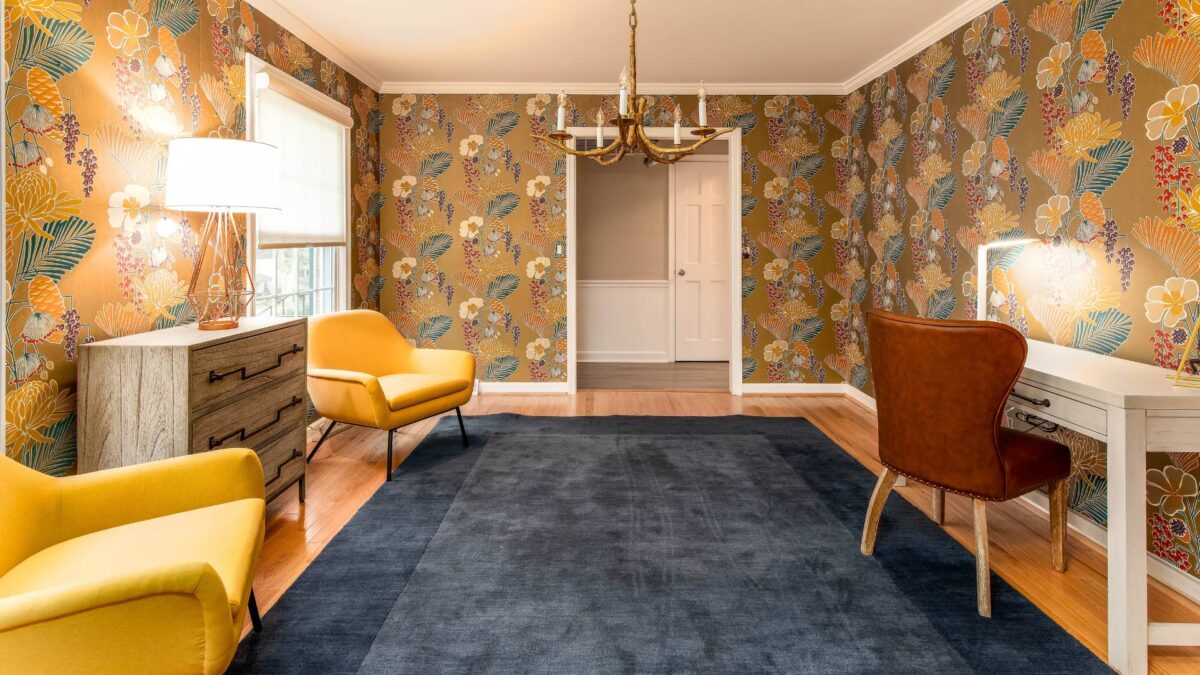 Employees are a company’s greatest assets, which is why workplaces are aiming to design spaces that engage workers in a way that enhances productivity. While collaboration continues to be a big trend this year, companies are finding that it is equally important to provide flexible spaces that best fit their culture, their demographics and their industry.
Employees are a company’s greatest assets, which is why workplaces are aiming to design spaces that engage workers in a way that enhances productivity. While collaboration continues to be a big trend this year, companies are finding that it is equally important to provide flexible spaces that best fit their culture, their demographics and their industry.
There is no such thing as a one-size-fits-all workplace. While a completely open office design may work for some companies, others may need areas for employees to focus on detail-oriented tasks. To accommodate these varying needs, modern workplaces emphasize the use of touchdown spaces with lounge seating and integrated work surfaces for casual meetings and private, soundproofed work rooms for when employees need quiet concentration.
The demographics of the workplace are also changing. Born between 1980 and 2000, Millennials have notably different work styles from their predecessors. While workspaces in the past may have emphasized private, perimeter offices based on hierarchy, tenure and seniority, much of the younger workforce prefers to work more collaboratively in relaxed environments.
To meet the needs of the younger demographic and to encourage open communication among all employees, “cube farms” are becoming a thing of the past. In addition, the growing number of employees spending time away from their desks has enabled companies to reduce their floorplans by implementing desk sharing. As a result, modular furniture, such as the STAKS Collection, that can be reconfigured with ease is growing in popularity as it enables companies to repurpose a space without ordering new furniture.
In 2015, the trend for increased activity in the workplace will also continue as sitting for more than eight hours a day has been linked to serious health risks such as heart disease, type 2 diabetes and certain types of cancer. To meet the needs for flexibility and diversity in workstations, CORT’s workplace solutions, such as the sit-to-stand desk, provide employees with options to combat the negative health effects of a sedentary lifestyle.
This year, trends in workplace design will continue to reflect the needs of a changing workforce. To meet these needs, offices in 2015 will be more tailored to their demographics and industry, more flexible, and more active.
For more on workplace design, visit the CORT Blog.





